
I’ve Captured the Beauty of Deserted Sanatorium from Soviet Era
During the Soviet Union, the Georgian town of Tskaltubo was a popular health destination famed for its therapeutic water and sanatoriums. Four trains arrived daily full of guests from Moscow.
When Soviet Russia collapsed, the buildings were abandoned and fell into decay. Floors have been ripped up for firewood, the metal salvaged as scrap.
In 1992 a war in nearby Abkhazia broke out. Displaced Georgians fled from the conflict and were given temporary shelter in Tskaltubo’s unoccupied buildings. Twenty-five years later, hundreds of families remain living in these abandoned places from a Soviet past.
More info: Sirencreatives.com | Instagram
The Sanatorium Experience
During the heyday of the Soviet Union from the 1960s to 1980s some 100,000+ visitors a year including Stalin and his high-ranking officials from Moscow frequented these facilities. The town was renowned for its therapeutic radon-carbonate mineral spring water believed to treat an array of ailments. The general public of the USSR was obliged to visit sanatoriums annually to revitalize which was intended to sustain a healthy and productive workforce. Several masterplans by architects resulted in 22 different sanatorium buildings with hundreds of hotel rooms, spas, bathhouses, and in-patient facilities.
Bathhouses where patients were treated with radon-carbonate mineral spring water.
On Stalin’s personal bathhouse, a scene depicts him being welcomed by locals.
War in Abkhazia
The facade of a sanatorium building where hundreds of displaced people from Abkhazia now live in makeshift shelters.
Almost 10,000 people displaced by the 1992-1993 war in the breakaway region of Abkhazia created makeshift shelters within these derelict abandoned buildings. Many have lived here for over 25 years despite the Georgian government’s plan to use the sanatoriums only as temporary housing for people fleeing the conflict.
A stray dog stands in the basement of former sanatorium Sacartvelo where rubbish has collected over the last 25+ years since the fall of the USSR
Radisha, 82 years old
Like most of the approximately 800 Internationally Displaced People still living in Tskaltubo’s former Sanatoriums, Radisha fled from Abkhazia in 1992. With 12 members of his family, he walked over 100 km by foot with a bullet wound to the leg. Upon arrival in Georgia, his injured leg was amputated. Here he is pictured in his home, once a functioning hotel named Samgurali.
In the lobby of a former Soviet-era sanatorium
Over the years, metal pipes and wires have been removed from the buildings to sell as scrap.
What The Future Holds
While many of Tskaltubo’s historical places have fallen into decay, several of the largest buildings have been sold to private investors. There are plans to redevelop the town and invest millions of dollars into the reconstruction and renovation of some spa buildings. The displaced people from Abkhazia have been told that they will be moved into new homes, however, this transformation has been slow. Much of the original architecture in Tskaltubo will be removed, along with the artifacts, objects, and decorations which remain.
Postcards From The Past
The town’s abandoned post office is full of old postcards and stamps from the 1960s and ’70s.
The Old Train Station
Tskaltubo’s train station once saw four trains arriving daily from Moscow, packed with guests visiting from within the Soviet Union.
Peeling Wallpaper
These interesting photos reveal architectural and ideological dreams, offering a window into Georgia’s Soviet past.
A video of the abandoned Soviet-era sanatoriums in Tskaltubo, Georgia
6Kviews
Share on Facebook
 Dark Mode
Dark Mode 

 No fees, cancel anytime
No fees, cancel anytime 






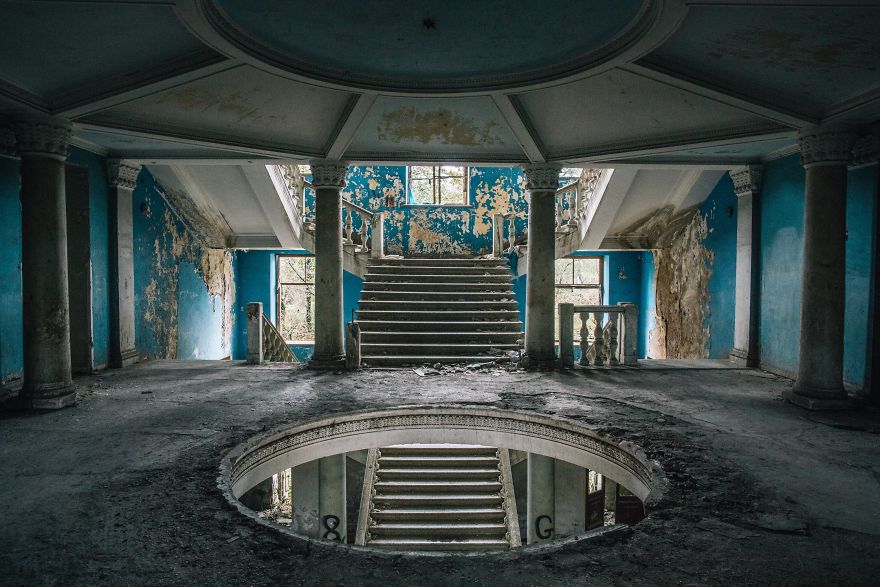

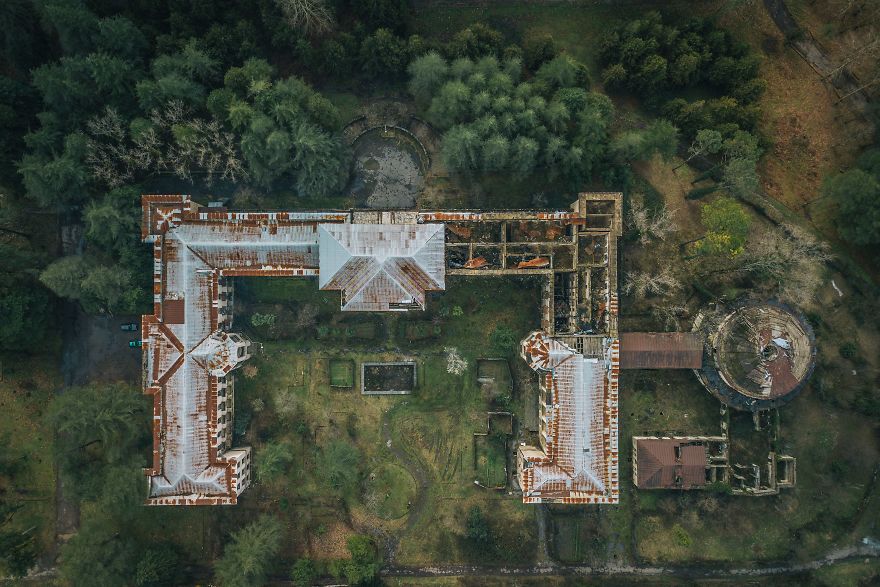




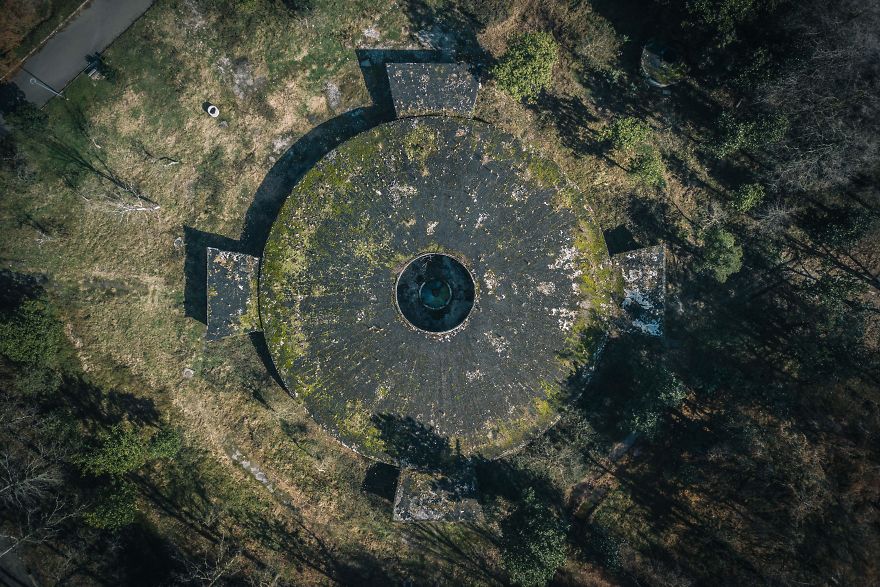
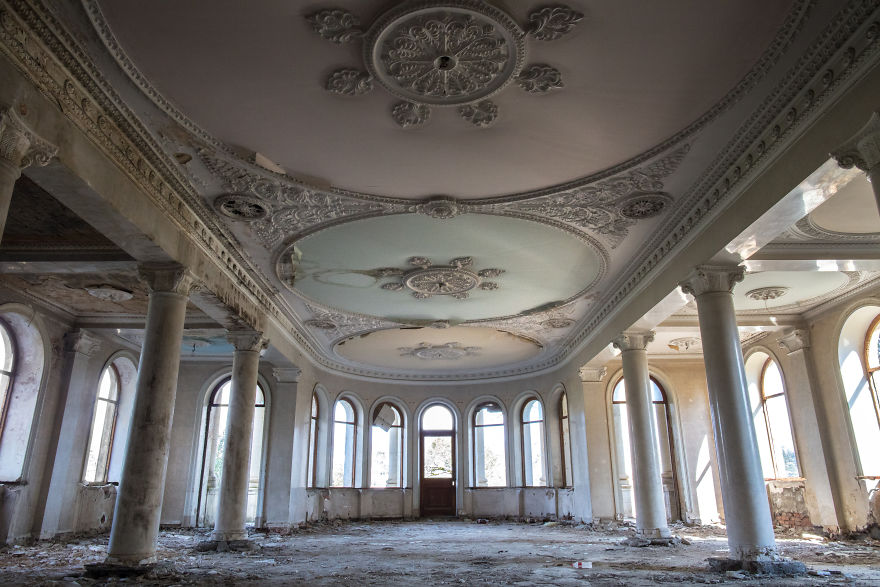

















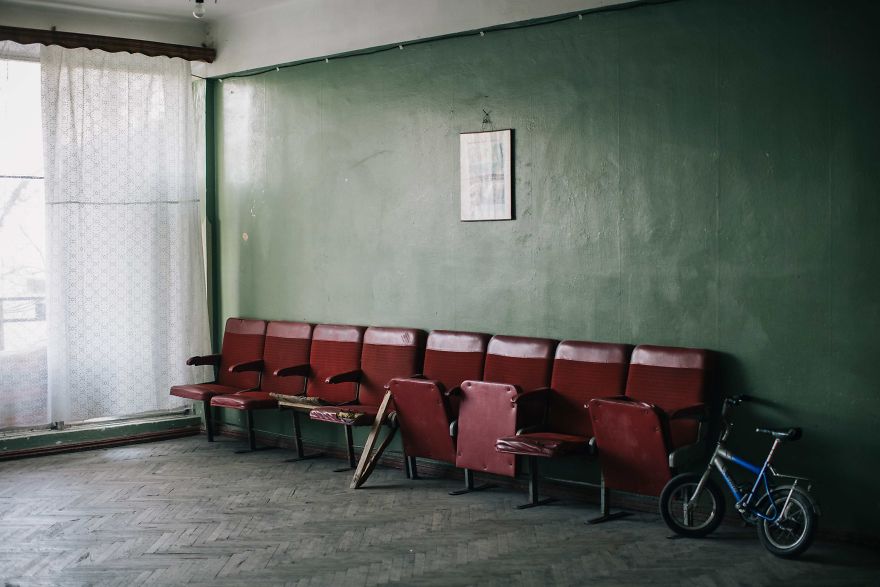





















































91
2